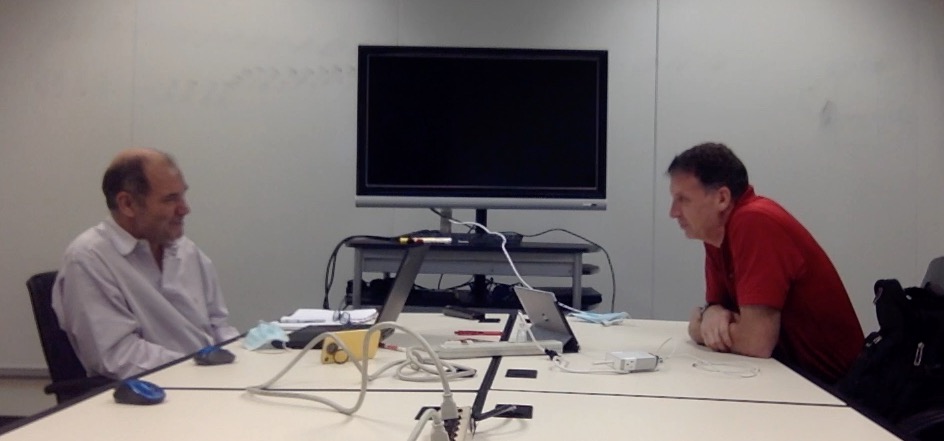Today we’ll consider how our finance data has ended up so fragmented.
Blaise Pascal noted it takes more time to write a shorter letter than a longer one. It is very challenging to summarize huge amounts of financial data in one report, and yet that is our objective in financial reporting.
Historically doing that (before the days of automation) we used the concept of parallelism, but not the computer concept: We applied humans to different parts of the task. But having humans work on the same books–the same data–is not very efficient. And thus we started to fragment our financial data.
Whereas originally the ledger was one book for a company, sub ledgers were introduced either by geography or products. Yet the enterprise view was still required, and so we duplicated the sub ledger data into another ledger, and renamed it the General Ledger.
And with that the need for reconciliation of internal books began. And the need for alternative aggregations of other attributes not encoded in the G/L Code Block. And the lack of transparency when one needs to understand the why behind those enterprise numbers.
An alternative approach could have been considered. Use the GL Code Block on the detailed attributes in the sub ledgers. With today’s compute capacity, we have the ability to aggregate many more of these details to make the enterprise views much closer to the point of use. Eliminating reconciliation by eliminating duplication, and enhancing transparency.
These are key concepts behind a Metric Engine, as opposed to a Search Engine–something that calculates a needed metric closer to the moment of question, as opposed to pre-calculating and storing in hopes someone needs it.
This is Episode 129 of Conversations with Kip, the best financial system vlog there is. You can subscribe to my Youtube Channel at youtube.com/c/kiptwitchellvlog





[…] Related Post: Why Sub-ledgers Were Created […]
[…] Related Post: Finance Costs: Data Fragmentation […]